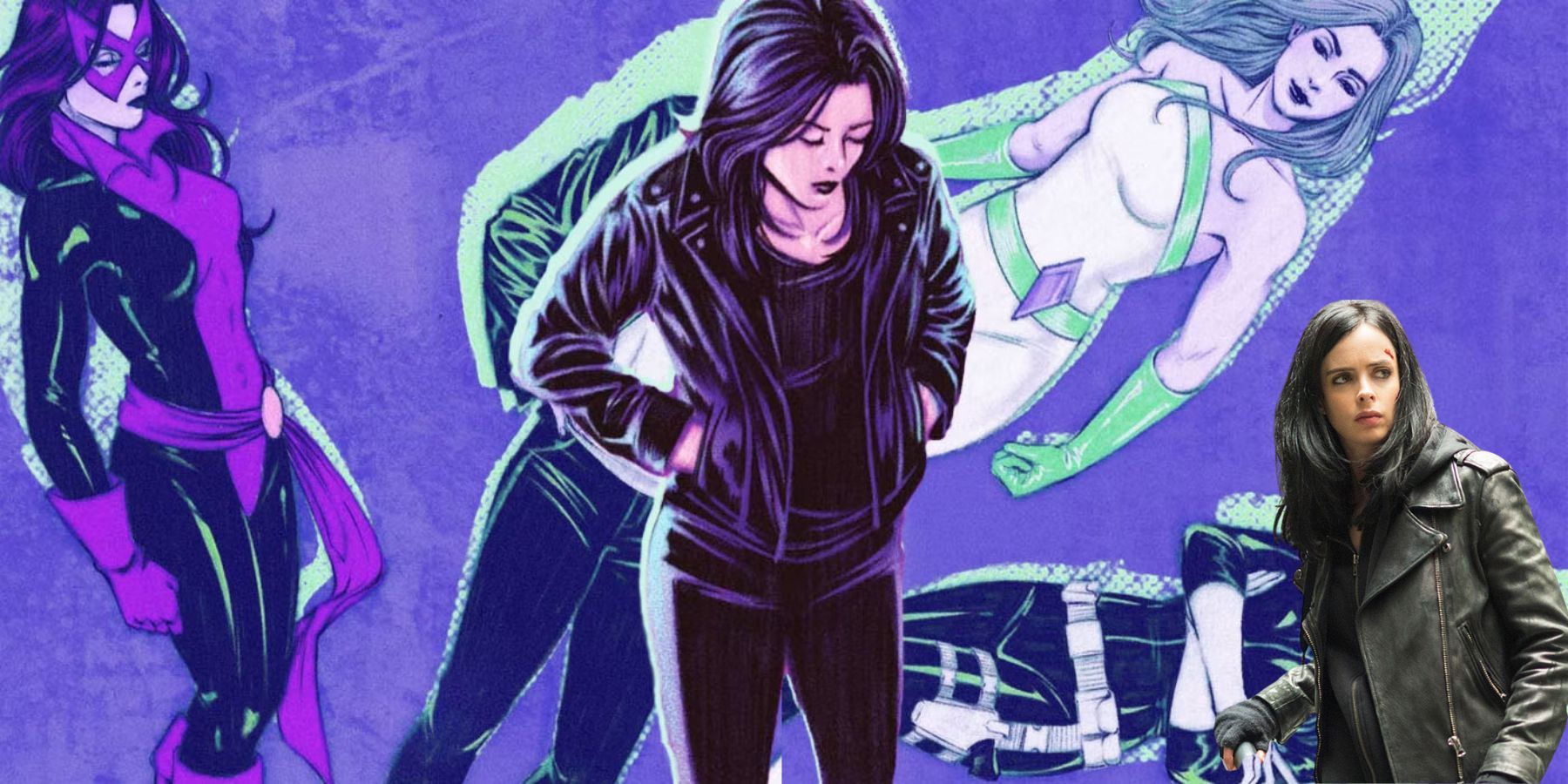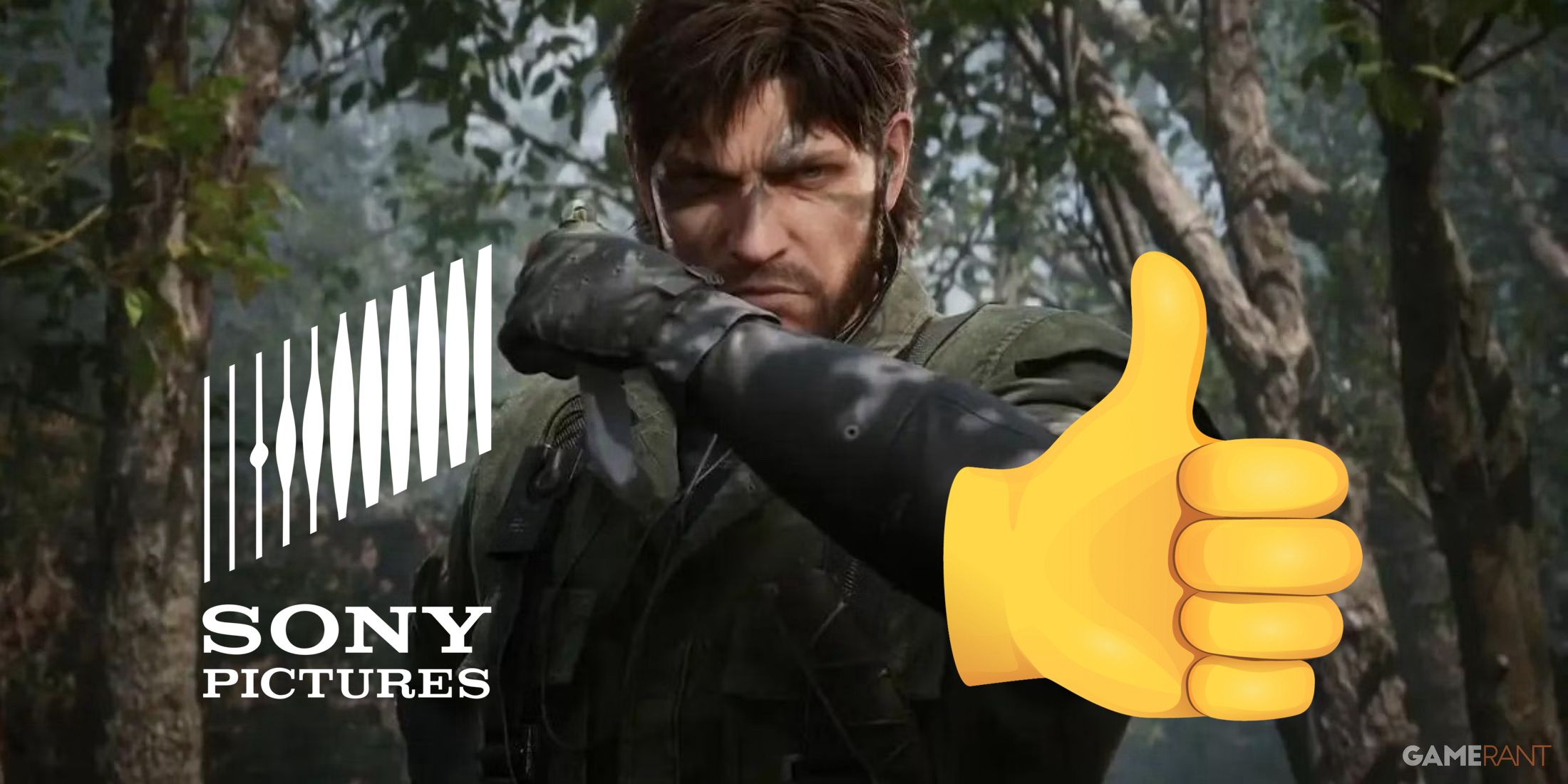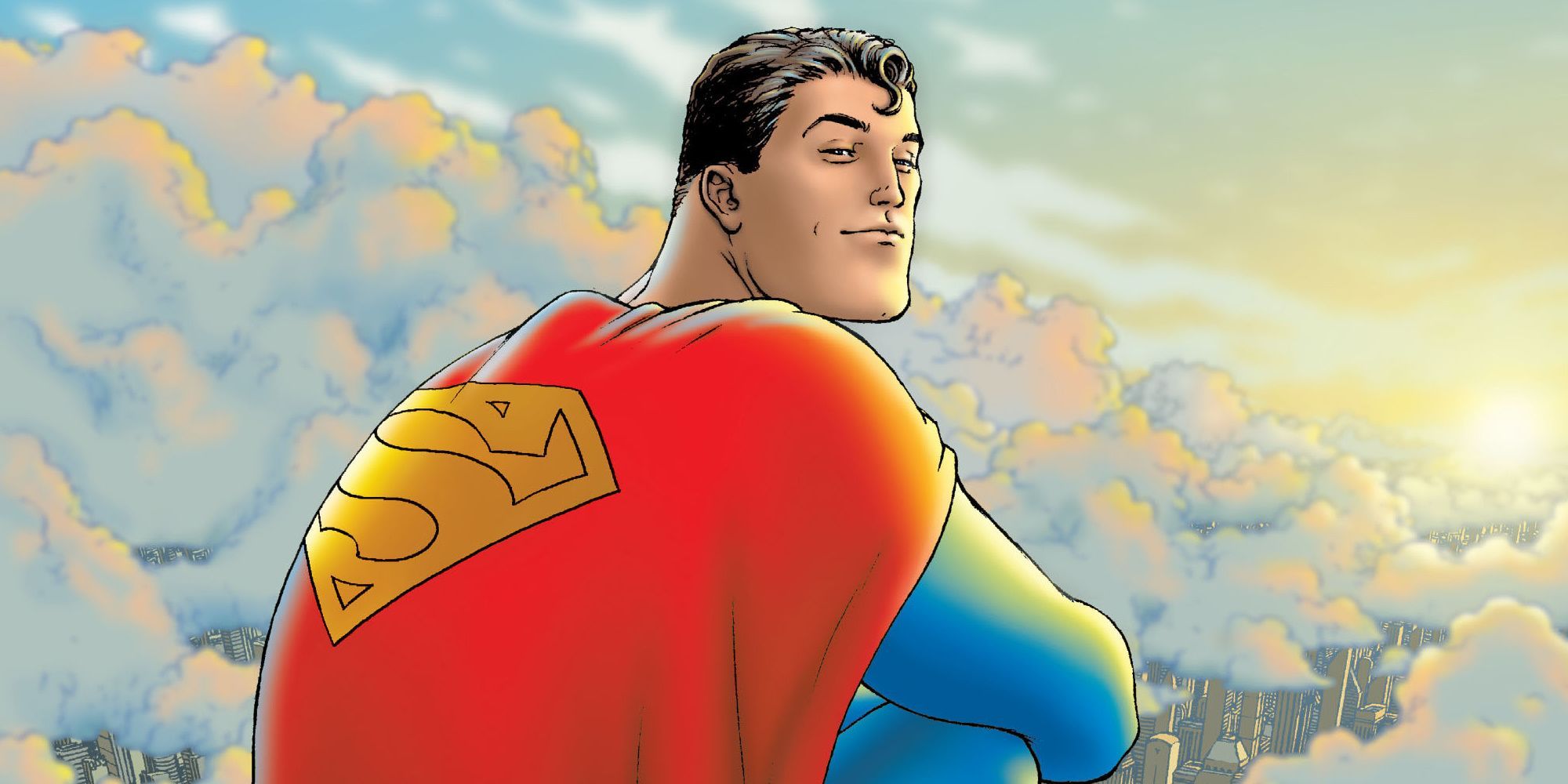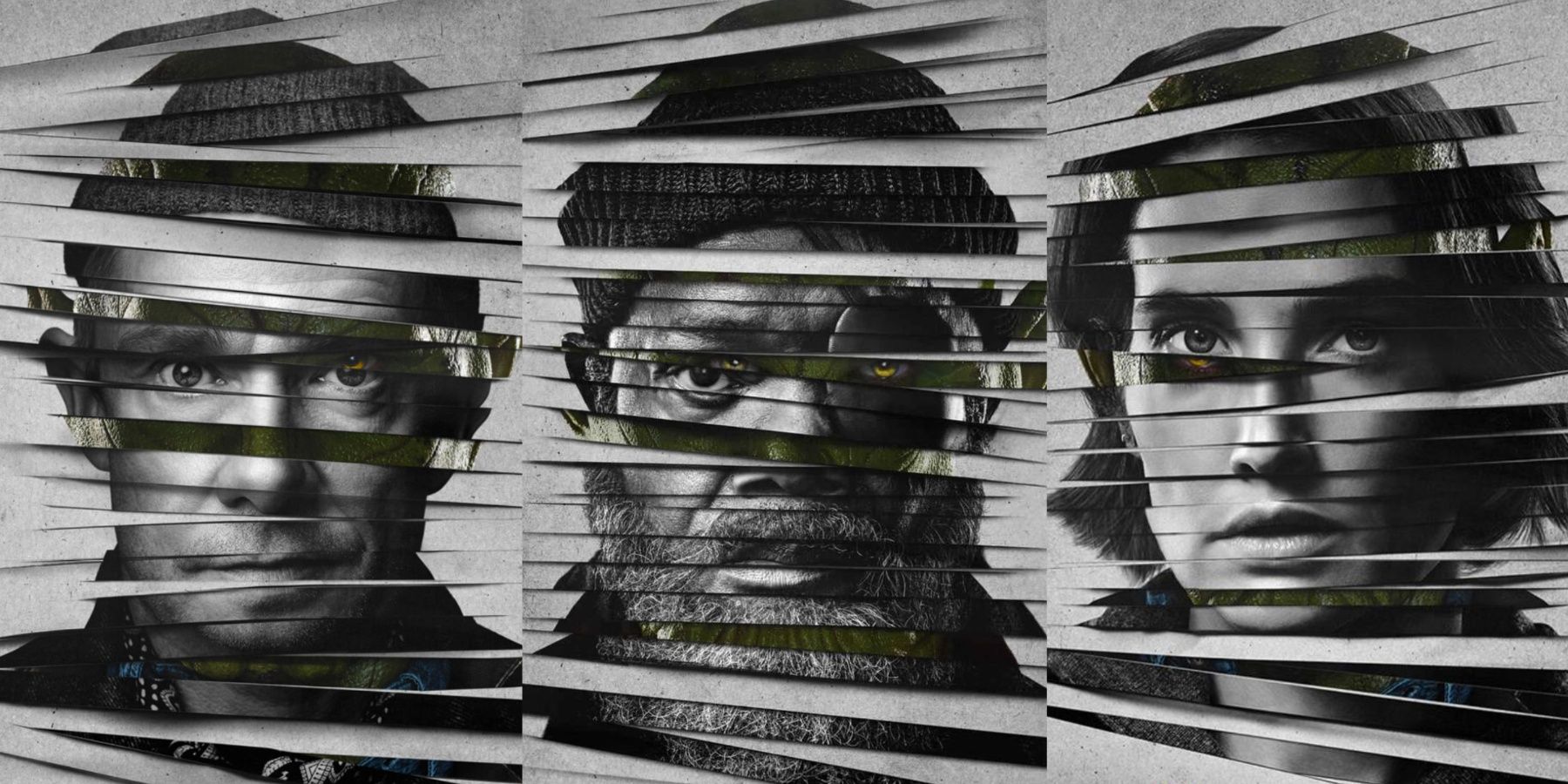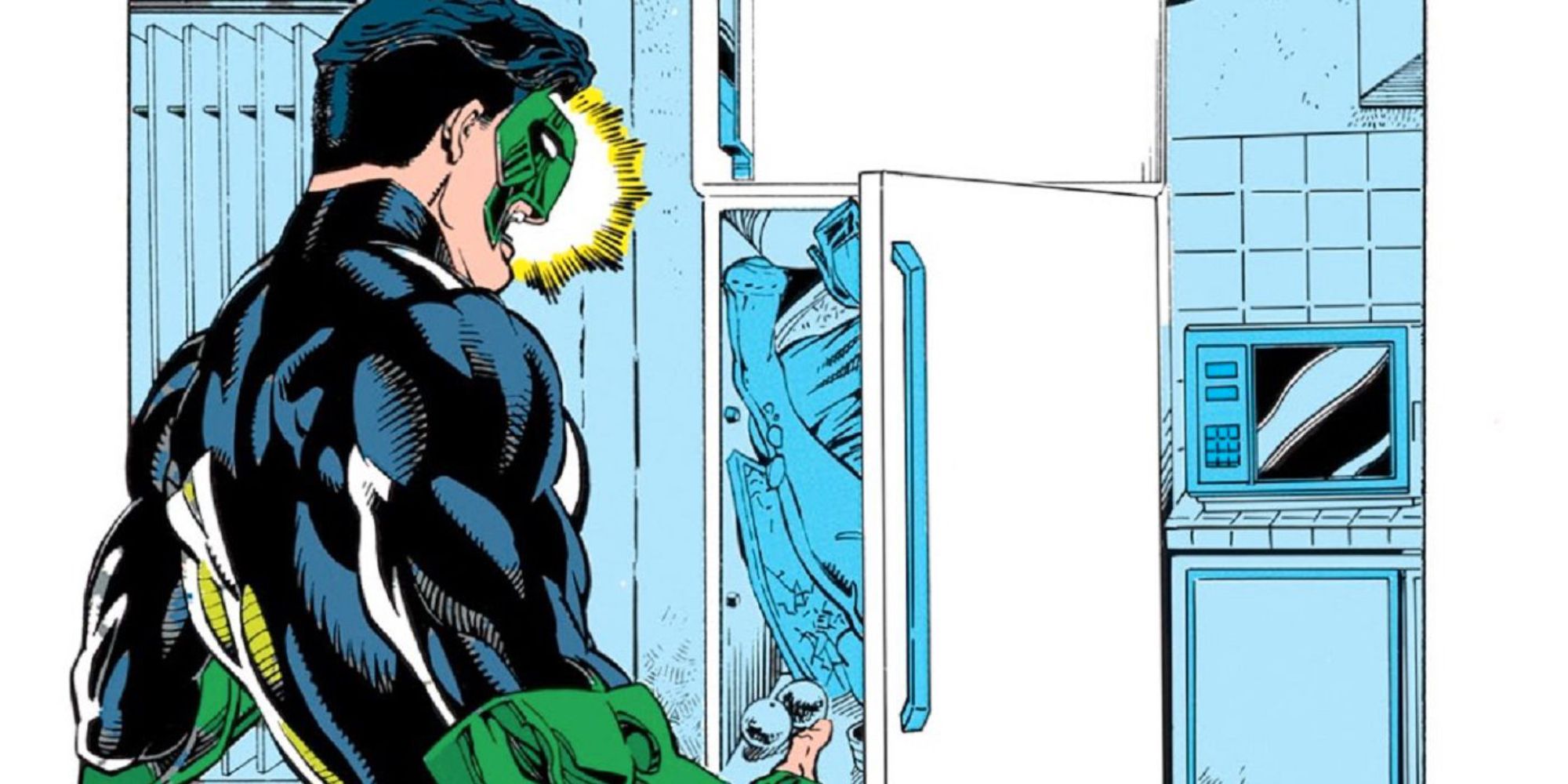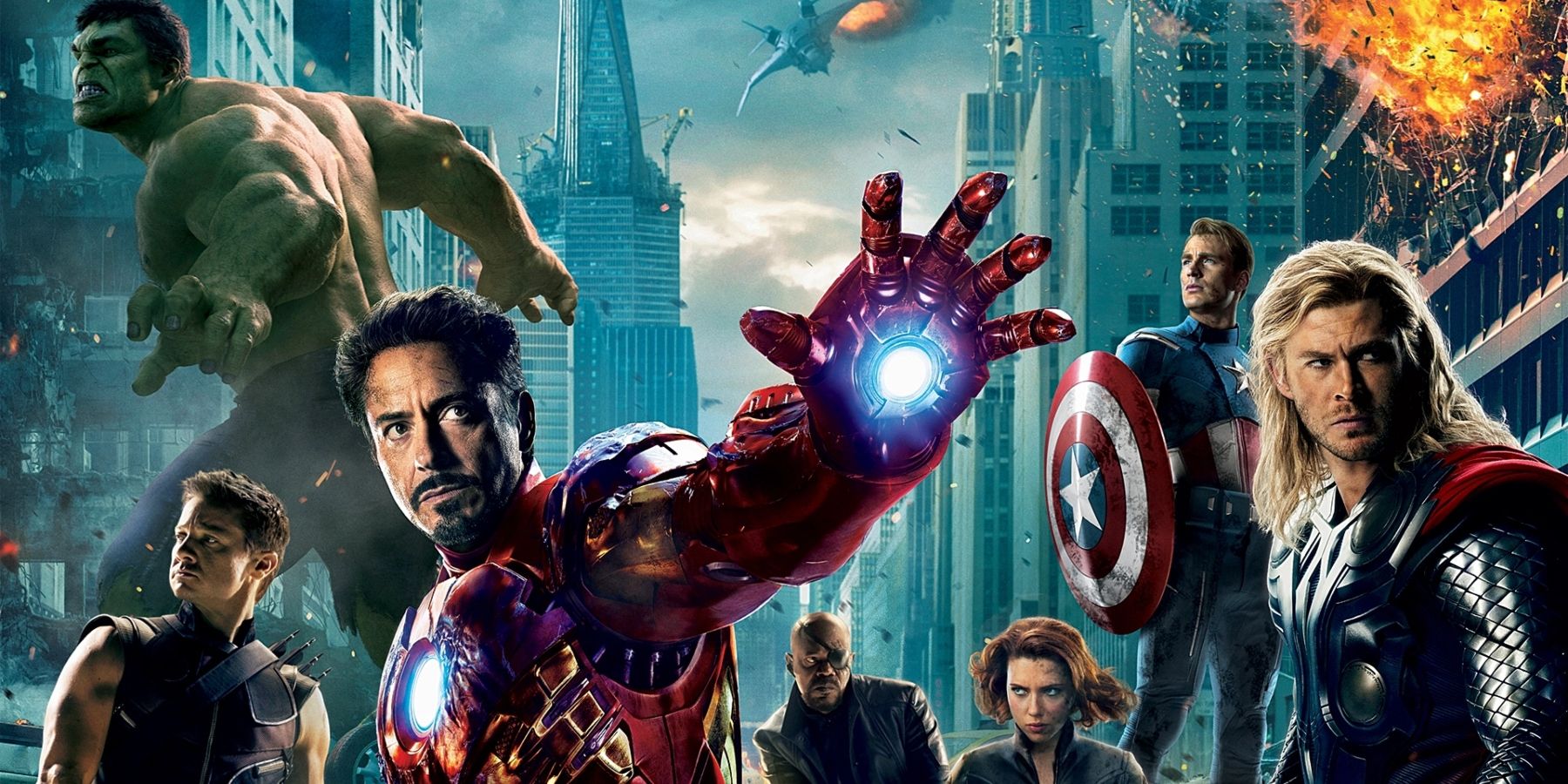Warning: The following contains spoilers for Secret Invasion.The latest MCU project kicks off with a shocking twist: Secret Invasion kills Maria Hill in its first episode. Maria Hill (played by Cobie Smulders) has been a steady force in the MCU after her debut in 2012’s The Avengers. She was a major player in Captain America: The Winter Soldier, Spider-Man: Far From Home, and even helped guide major plot points in the first two seasons of Agents of SHIELD. After eleven years as a beloved supporting character, Hill was finally getting her time to shine in Secret Invasion's first episode before facing the same fate as many other supporting female characters in comics history.
Fans who have stayed with the MCU since its early days have come to expect Hill’s involvement in the more significant, universe-altering plot points. Being Nick Fury’s right hand for most of the audience’s time with him, there is no doubt that Maria Hill’s contributions have been invaluable in guiding the MCU to what it is today. After appearing in six movies and three series since her introduction, Maria Hill’s unceremonious send-off has led to a loud debate among fans with the main question being: why are we still fridging our female characters in 2023?
What is "fridging" in comics?
Fridging, also known as “Women In Refrigerators Syndrome”, is a literary trope prevalent in comic books and other comic book/sci-fi media where women are injured, sexually assaulted, or killed (if not all three) in order to move a male character’s story arc forward. The name “Women In Refrigerators” was coined by writer Gail Simone in response to the infamous Green Lantern vol. 3 #54 where readers saw Kyle Rainer come home to find that a villain had killed his girlfriend, Alexis DeWitt, and stuffed her body in a refrigerator.
The idea behind this trope, and every one of its criticisms, is that women are made into victims in these stories specifically so men can face some sort of character development. This method of storytelling strips women of any sense of personhood because they are treated as plot devices while the men operating opposite them are able (and allowed) to have agency. If a villain kills or kidnaps the hero’s girl, that villain has essentially taken what belongs to the hero – and only then is the hero allowed to seek justice.
While comic books have historically never treated female characters with the same respect or merit given to male characters, it wasn’t until Gail Simone and her colleagues publicly shone a light on the blatant sexism in comics that things somewhat changed for the better. And then, the cinematic adaptations began.
Will Secret Invasion repeat the sins of the MCU's past?
Objectively speaking, it’s already begun. Maria Hill, a character who has played a role in just about every significant event whose consequences rippled throughout the rest of the MCU, got fridged so Old Man Fury could take the Skrull threat more seriously than he already was. As shocking as her death was, this killing isn’t an isolated incident.
The Marvel Cinematic Universe has always had a problem representing women, and women’s stories, on screen. Of the 32 feature films the MCU has put out, only 3 of them have been female-led stories (and 2 of those were led by white women). Of the 12 streaming shows the MCU has put out, only 2 of them have been solely female-led projects, with 2 others showing female characters sharing the leading role with men. And, of the women who are prominently featured in these stories, many of them fall into the trap of “feminism for feminism’s sake” writing which leads to this representation being ridiculed by viewers as lazy writing, gender-shield exposition (most of the She-Hulk criticisms took this route), or poorly representing the character’s comic origins.
When these female characters don’t take a leading role in the specific story being told, they’re at risk of getting killed off for some dramatic twist. At first glance, this twist masks itself as a demonstration of how high the stakes have become to distract from the true motivation of taking a female character off the board: giving their male counterpart a reason to finish the job.
More recent examples of this exist in the conclusion to the Infinity Saga, where Gamora and Black Widow were fridged in Infinity War and Endgame, respectively, so the men opposite them could obtain the Soul Stone – a “necessary” sacrifice created by the Russo Brothers that never existed in the original comic story. Both characters entered their franchises as dangerous, effective, femme-fatal types that the male leads continue to lust after, and both are killed off in ways that destroy any development they’ve shown in the years they’ve been around. Gamora is sacrificed by her lifelong abuser, callously tossed off a cliff in a move that attempts to show Thanos as more dimensional than just an ego-maniacal powerhouse (he loved her all along! How sad!). Black Widow, after Joss Whedon butchered her character in Age of Ultron by making her claim that she was a monster because the institution that groomed and abused her took her ability to have children, was made to sacrifice herself for the Soul Stone because Hawkeye had a traditional family to fight for.
These sacrifices were written in a way that it had to be these women who died to progress the story, just as it had to be Maria Hill who died to prompt Fury to better action. Whatever the argument may be surrounding the alternative to having the few remaining long-standing female MCU characters killed off in these stories, the fact remains that they were written to be killed off to further a man’s story.
What does Maria Hill's death mean for the remaining Phase 1 characters?
There’s no denying that Secret Invasion is Nick Fury’s overdue step into the MCU spotlight after being a supporting character since the MCU’s beginning, and many fans’ hopes for the series were to see his long-standing right hand in a more prominent role that offers deeper character development and growth. Despite the fact that both Cobie Smulders and Samuel L. Jackson are slated to appear in The Marvels, Maria Hill’s death seems final – especially after Smulders’ comments regarding her possibly ever returning to the franchise.
This leaves some worry for the last remaining characters introduced in Phase 1. As of now, the only women left in this group of characters are Darcy Lewis, whose inclusion in WandaVision was so minor it was little more than a long cameo, and Pepper Potts – who has no reason to come back after Endgame. While James “Rhodey” Rhodes does have a role in Secret Invasion, long-standing fan theory is that he’ll be revealed as a Skrull before his next appearance in his upcoming project, Armor Wars.
The rest of the Phase 1 characters still living are men – and of these men, the ones who have ever had a prominent supporting or leading role in other projects are set to lead upcoming projects. While Maria Hill’s fridging means a great deal to Nick Fury’s story, the death of the MCU’s last remaining Phase 1 female hero does nothing more than reinforce the fact that Marvel has always, and will continue to, hold their men in higher regard.
Secret Invasion airs new episodes every Wednesday on Disney+.

